transparadiso
As a transdisciplinary practice, transparadiso realizes socially engaged projects between art, architecture and urbanism. The collective also researches, teaches and publishes in these fields.
transparadiso was founded in 1999 by Paul Rajakovics (architect and urbanist) and Barbara Holub (artist) as a transdisciplinary practice for an expanded, socially and societally engaged urbanism - for direct urbanism. Direct Urbanism is based on "direct action" (Emma Goldman) as well as on the methods of the Situationists and theories of Henri Lefebvre and Michel de Certeau. Direct urbanism involves artistic-urbanistic practices in a process-oriented method of urban design that responds to the changing parameters of urban and regional issues, and develops new tools and strategies for direct urbanism.
Contact
+43 1 94 60 734
Gr.Mohreng. 34/3
A-1020 Wien
Austria
Firmenbuchnummer:
FN 316070 i
Steuernummer:
ATU 64528899
+43 1 94 60 734
transparadiso ZT KG
Schlossweg 1
A-8410 Fernitz-Mellach
Firmenbuchnummer:
FN 316070 i
Steuernummer:
ATU 64528899
Publications
transparadiso regularly publishes texts, books and organizes and participates in international symposia. Paul Rajakovics and Barbara Holub are members of the editorial board of dérive-magazine for urban research (since 2001). Barbara Holub is a member of the Advisory Board of Art&Public Sphere Journal (since 2010).
Selected publications are available for download below.
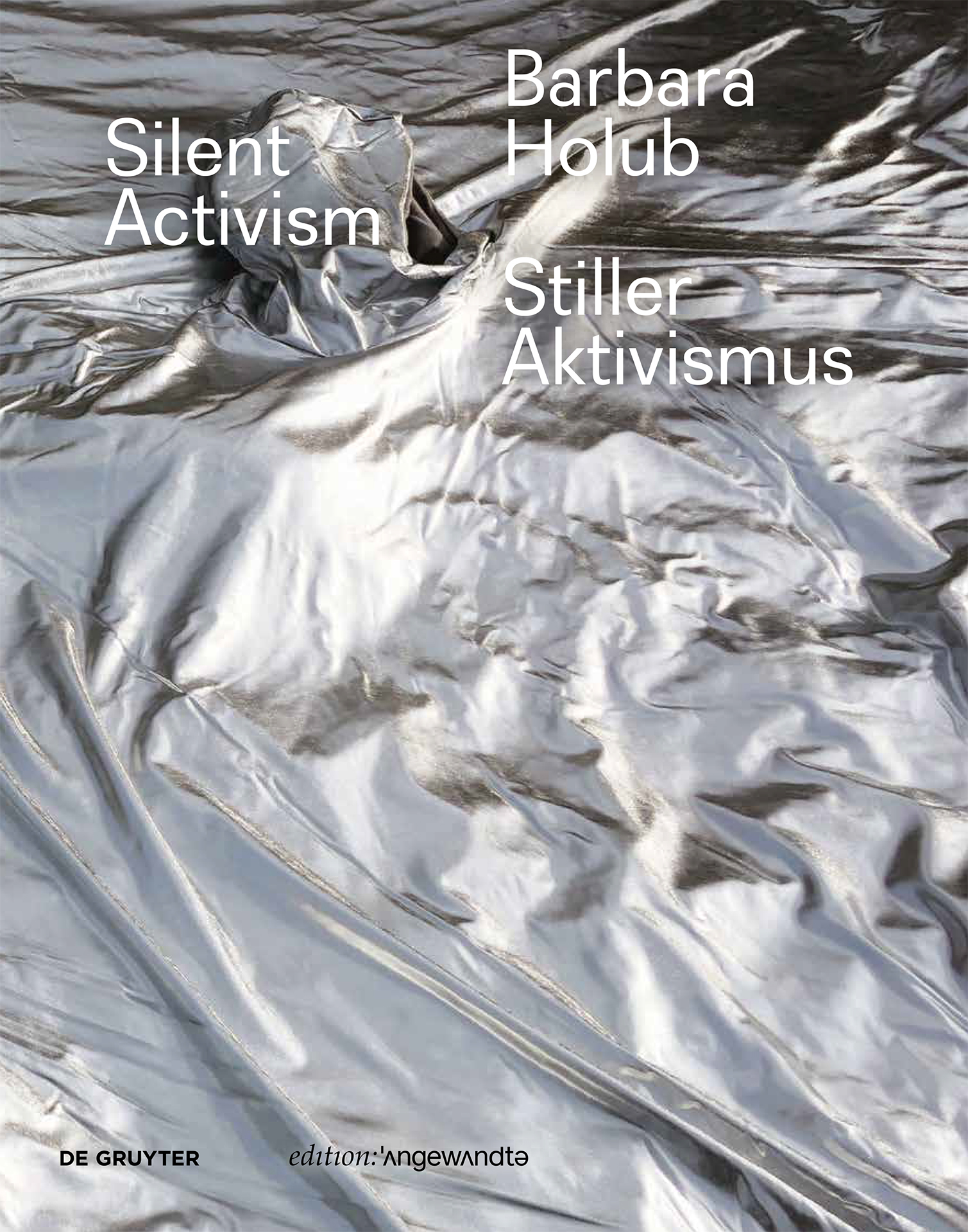
Barbara Holub: Silent Activism
Dialogic acting in art
For thirty years Barbara Holub’s socially and politically engaged art has linked urban development, social issues, and artistic interventions. As an accumulative process of participatory action, Holub’s projects question the role of art in society, whether in the context of art itself, in urban public space, or in relation to corporations.
This monograph offers a detailed view of Barbara Holub’s extensive body of work as well as her projects with transparadiso at the interface of art, architecture, and urbanism, for which she coined the term “silent activism.” Rather than directly propagating activism, Holub persistently creates performative situations for dialogic action with the aim of questioning norms and crossing boundaries.
Impression of the book see here.
Ed.: Başak Şenova
Texts by: Jonatan Habib Engqvist, Enrico Lunghi, Paul O’Neill, Jane Rendell and Andreas Spiegl
Graphic Design: bueronardin
312 p., German/ English
De Gruyter/ edition Angewandte
ISBN: 9783110790818
Order the book here:

Planning Unplanned - Darf Kunst eine Funktion haben? Towards a New Function of Art in Society, 2015
The financial crisis has spawned a raft of (new) economic models based on cooperative interests and calling for a reconsideration of our values system. Within the context of deindustrialization, deregulation and privatization in urban planning in the last 15 years not only architects and urban planners but increasingly artists are assuming a key role in restructuring cities. In this book Barbara Holub together with international practitioners and theorists from art, urbanism, philosophy, anthropology and sociology but also politicians and administration officers explores the significance of artistic practices counteracting the investororiented (urban) planning and examines what options are offered by the new, transdisciplinary role of urban practitioner.
Texts and artists inserts by:
Markus Ambach, atelier d'architecture autogérée, Peter Arlt, Anette Baldauf, Kerstin Bergendal, Regina Bittner, Valentin Diakonov, Stefan Gruber, Jeanne van Heeswijk, Christine und Irene Hohenbüchler, Barbara Holub, Isola Art Center / Bert Theis, Grant Kester, Torange Khonsari, Folke Köbberling, Elke Krasny, Yvette Masson-Zanussi, Paul O'Neill, Osservatorio Urbano / Lungomare, Paul Rajakovics, Jane Rendell, Karin Reisinger, Mick Wilson, Georg Winter.
Projektdaten
Barbara Holub and Christine Hohenbüchler (Hrsg.)
Graphic design: Rosebud, Inc., Wien
Translations and editing: Ada Brant, Thomas Martin Pesl
Print: Holzhausen Druck GmbH
German /engl., 256 p., numerous color images
26 x 19 cm
Euro 35.-
ISBN 978-3-86984-063-5
VERLAG FÜR MODERNE KUNST, 2015
www.vfmk.de
Funded by
Institut für Kunst und Gestaltung 1 / TU Wien, Fakultät für Architektur und Raumplanung /TU Wien, BKA /Kunstsektion, Akademie der bildenden Künste Wien
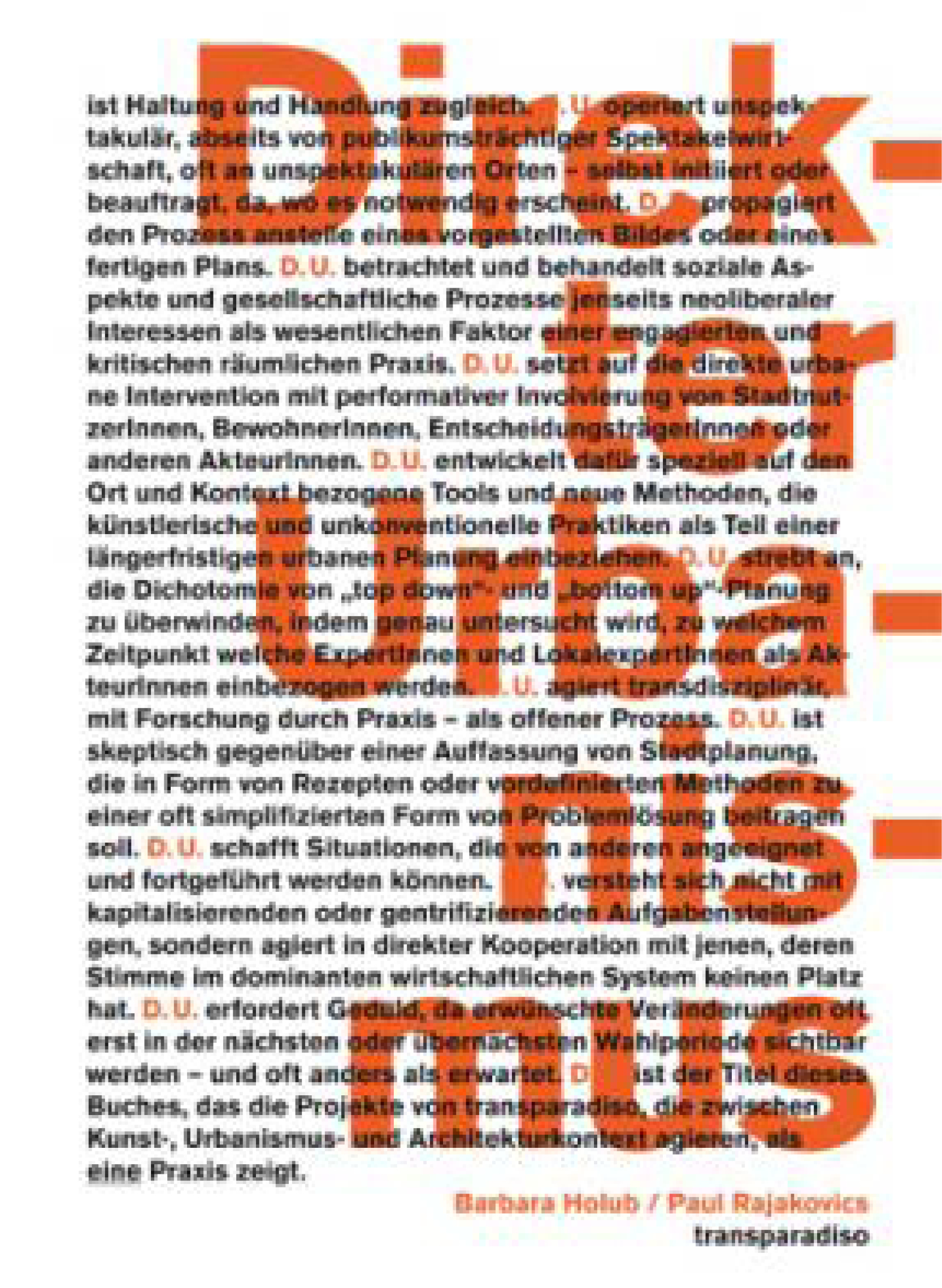
Direkter Urbanismus
Nach über zwölf Jahren transdisziplinärer Praxis wird in diesem von Lupo & Burtscher, Bozen, und Schienerl D/ AD, Wien, gestalteten Buch die umfassende Arbeit von transparadiso vorgestellt: Das Oeuvre reicht dabei von einer engagierten Architekturpraxis bis zu den vielfältigen künstlerisch-urbanen Interventionen, die nunmehr methodisch geschärft als „direkter Urbanismus“ die Dichotomie zwischen Planung und urbaner Handlung aufheben. Die unterschiedlichen Projekte vereint der Wunsch nach einem kollektiven Topos, welcher von kollektiven Handlungsräumen und dem Potenzial von Makro-Utopien getragen wird.
Ein Interview von Paul O’Neill und Mick Wilson sowie ein Text von Jane Rendell vernetzen den Diskurs mit den Projekten in ihren vielfältigen Kontexten.
Direkter Urbanismus involviert Kunst und künstlerische Strategien als inherentes Element in prozess-orientierte Stadtplanung - gleichwertig zu konventionellen Planungsstrategien:
für sozial engagierte Stadtplanung
um aktuelle urbane Fragestellungen in ihrer Komplexität für gesellschaftliche Fragestellungen zu behandeln
um den öffentlich-urbanen Raum als Raum für Aneignung durch die BewohnerInnen zu behaupten und zu positionieren.
Direkter Urbanismus ist eine neue Planungsmethode, die die Dichotomie von „bottom up“ und „top down“ hinter sich lässt.
Redaktion:
transparadiso
Text:
Jane Rendell
Interview:
Paul O’Neill und Mick Wilson mit transparadiso
Dt/ Engl., 216 Seiten, zahlreiche Abb./ Farbe
Mit Beilage und Plakat
27,5 x 19,8 cm
Euro 32,–
ISBN 978-3-6984-408-4
Verlag für moderne Kunst Nürnberg
Gefördert von:
departure Wien, Stadt Salzburg, Land Salzburg, Land Steiermark
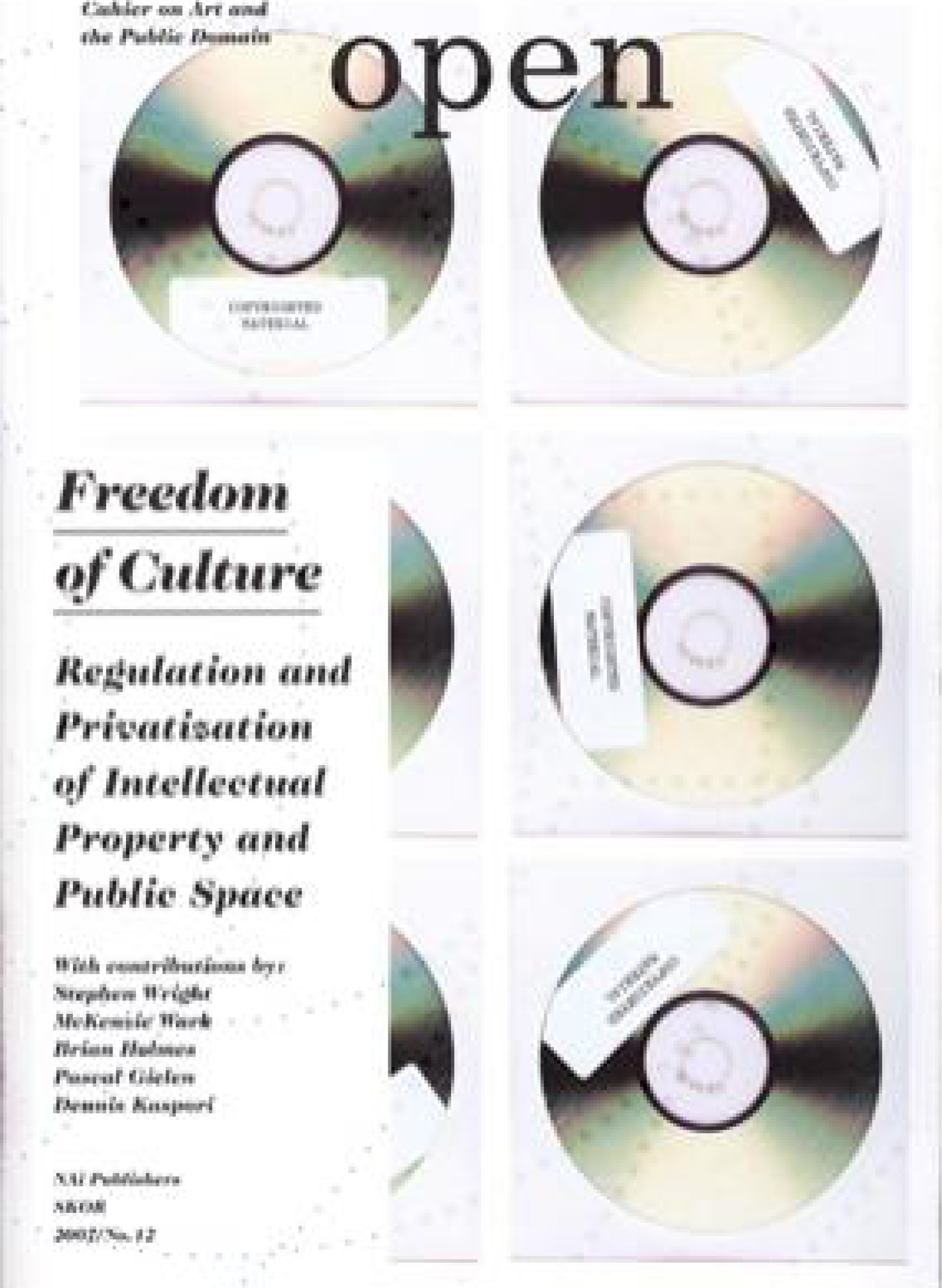
On Direct Urbanism
transparadiso.
On Direct Urbanism and the Art of Parallel Strategies,
in: Open, S.137-144, NAI Publishers, SKOR, 2007/ No.12
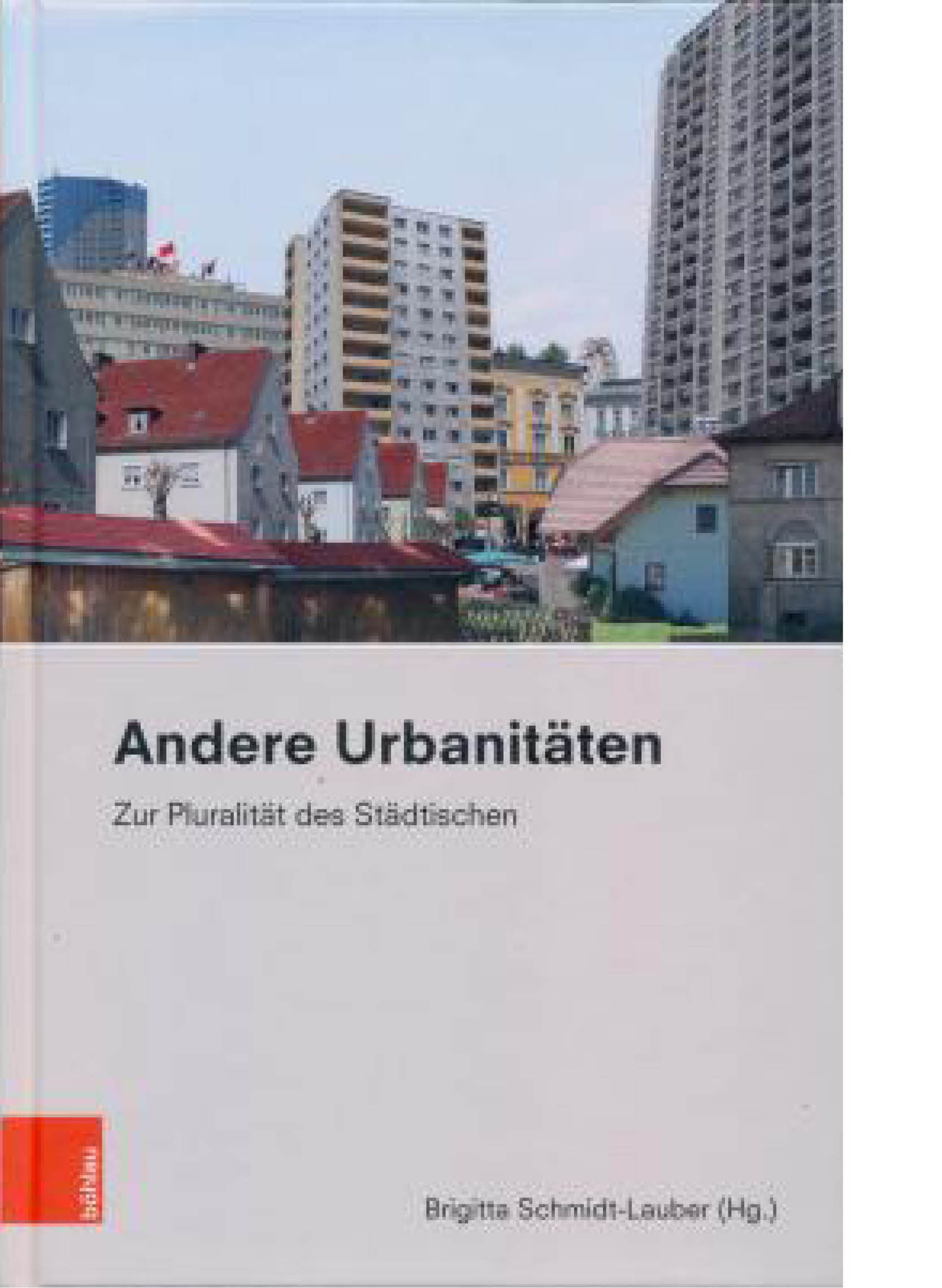
Andere Urbanitäten
transparadiso. Direkter Urbanismus - eine neue Methode für urbanes Handeln
in: Brigitta Schmidt-Lauber (Hg.), Andere Urbanitäten. Zur Pluralität des Städtischen. Böhlau, 2018, S.135-150
Das Buch setzt sich kritisch mit dem in Wissenschaft und Gesellschaft vorherrschenden Verständnis von „Urbanität“ und „Stadt“ auseinander. Dieses rekurriert auf ein historisch geprägtes Stadtverständnis, das die Großstadt der westlichen Moderne im Blick hat und Urbanität als spezifisches, durch Dichte, Heterogenität und Größe geprägtes Stadtleben versteht. Demgegenüber stellt dieser Band unterschiedliche Formen von Stadtleben in verschiedenen Stadttypen bzw. Stadtgrößen jenseits der Metropolen und auf verschiedenen Kontinenten vor. Aus den Perspektiven von Architektur, Stadtplanung, Ethnologie, Japanologie und Afrikanistik kommen darüber unterschiedliche Normen, Ideale und Alltagspraxen städtischen Lebens in den Blick.
Projektdaten
in: Brigitta Schmidt-Lauber (Hg.), Andere Urbanitäten. Zur Pluralität des Städtischen. Böhlau, 2018, S.135-150

Barbara Holub / Paul Rajakovics. Direkter Urbanismus
transparadiso stellt die Methoden des direkten Urbanismus anhand von zwei Projekten vor:
„Paradise Enterprise“ (Judenburg/ A) und „The First World Congress of the Missing Things“ (Baltimore / USA).
„Städtische Planung als offener Prozess. Die Kluft zwischen Stadtentwicklung und den aktuellen urbanen Fragestellungen mit ihren großen gesellschaftlichen Aufgaben (wie Migration und Asylsuchenden) hat sich immer deutlicher aufgetan, seit Stadtplanungsprozesse massgeblich von neoliberalen Kräften diktiert werden. Es bedarf neuer Instrumentarien, die „unorthodoxe“ Methoden wie künstlerisch-urbane Strategien als gleichwertig zu konventionellen stadtplanerischen Methoden anerkennen, um prozessorientierte Stadtentwicklung erst möglich zu machen.“
Projektdaten
Barbara Holub / Paul Rajakovics. Direkter Urbanismus
in: archithese 2.2015 April
Architektur und Soziologie, S.80-88
ISBN 978-3-03862-225-3

Sharestan 40-41, Teheran/ Iran, 2014
Paul Rajakovics's text "About Poaching" was published in Sharestan 40-41, a magazine edited by Iman Shafiee in Tehran / Iran.
PDF Downloaden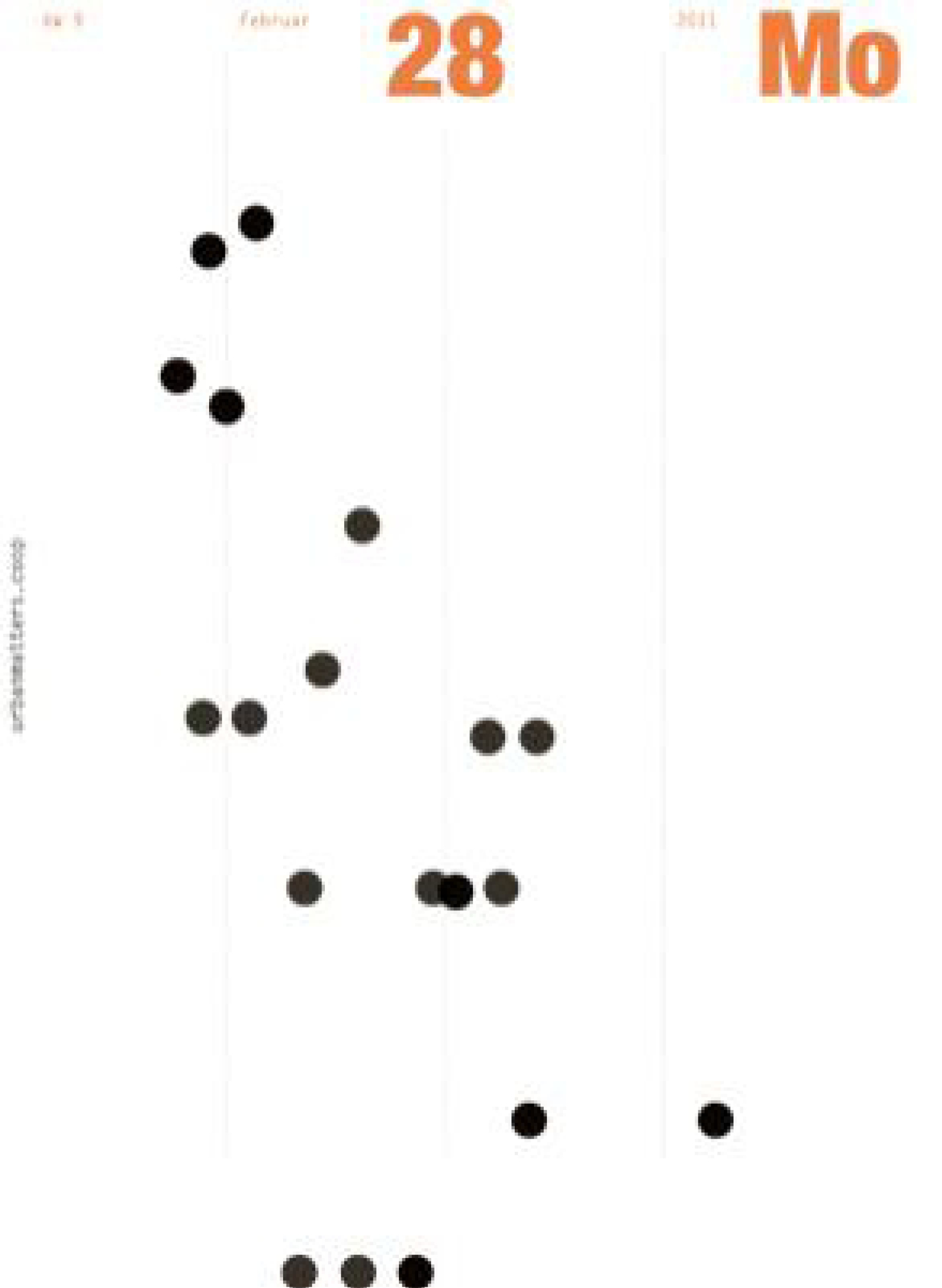
urbanmatters.coop
ed.: Institut für Kunst und Gestaltung 1/ TU Wien; HBK Saar, Saarbrücken
graphic design: Enrico Bravi
texts: Christine Hohenbüchler, Georg Winter, Barbara Holub, Susanne Jakob, Karin Harather, Inge Manka
176 pages, 17 x 24 cm, color and b/w images
ISBN 978-3-200-02516-5
Vienna 2012
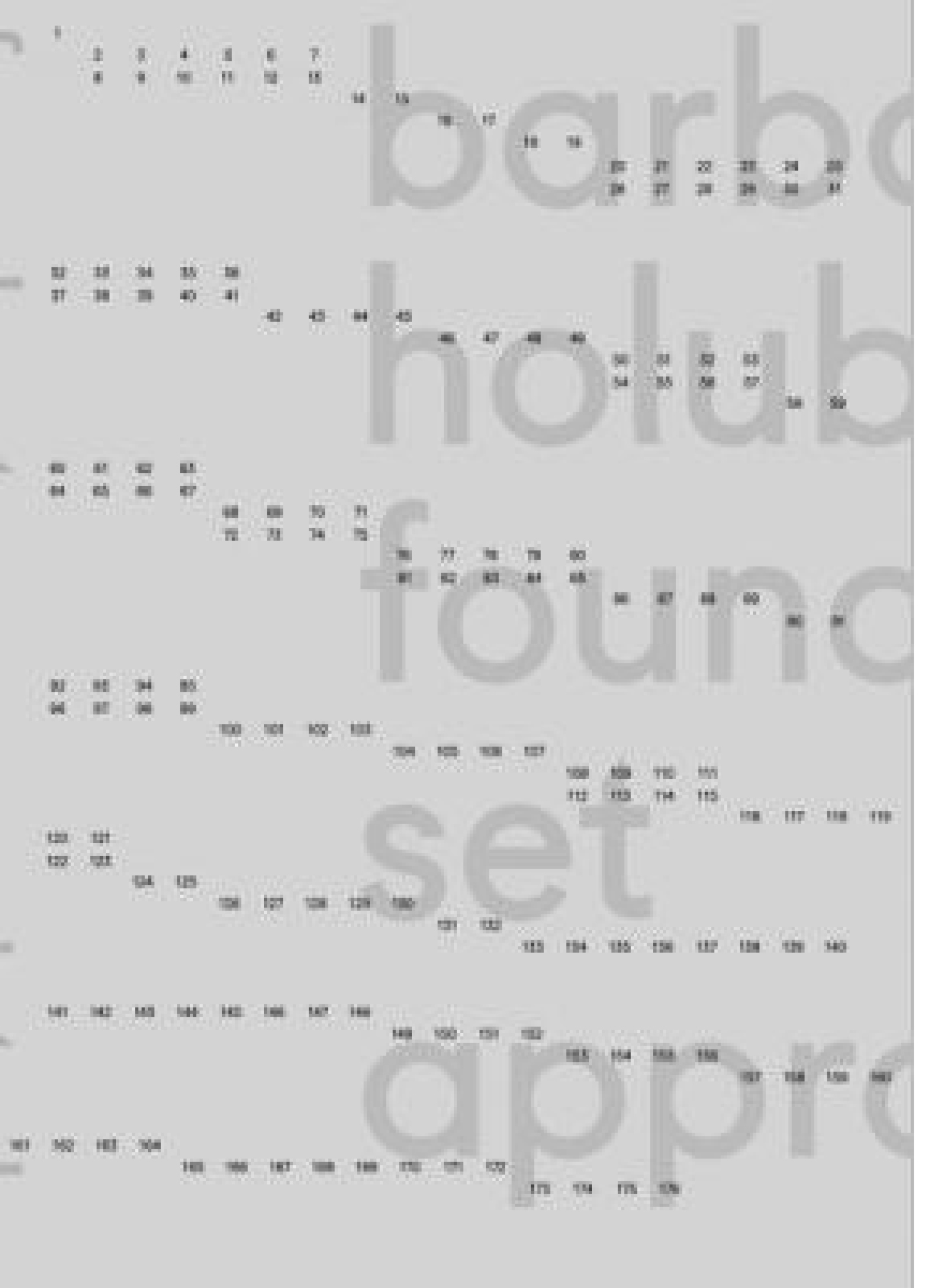
found, set, appropriated,
In Aspern, on the outskirts of Vienna, where a city of the future, Aspern Urban Lakeside, is to be built, Barbara Holub invited people to »suburban walks«, which in various contributions by different people centred around the concept of “the periphery” and the potential of the unplanned, before the planned architecture is put into place. The walks are performative walking tours, and just one facet of the work of Holub. Another is drawings, and so the book is also a colouring book that is supposed to be used. It suggests that you take part in the production of worlds of images and imagination, reinventing and further developing these in their own particular contexts. In that sense this book is to be seen not just as an object, containing reproductions, but as an openly accessible space (similar to the urban space) where it is explicitly desired that people participate in shaping this space; a space that is intended to serve many different uses.
Neither in her drawings nor in her texts does Barbara Holub follow linear narrative threads; she is more interested in interruptions and empty spaces, even beyond the possible expectations of recipients.
Planning a city of the future that tries to imagine a life in advance for the next thirty years, the very case of “Aspern Urban Lakeside” therefore becomes the reason for questioning the utopias of Modernism and to contemplate utopias in post-industrial society.
To permanently envision the possibility of the changeability of society, to be involved in the processes of change, to allow unplanned matters to flow into visions of the future, becomes a civil necessity of every individual – being sceptical towards an ubiquitous political consensus that declares conflict, migration, the lack of security to be problematic or even downright dangerous.
This book is a part (or a manifestation) of the broad scope of Barbara Holub’s work, the structure of which is in dialogue form and is participatory, in the sense of art theoretician Grant Kester, taking part in current social-political debates and thus opening up multiple interfaces between art and society, art and political activism.
CD with a radio play, premiered on 14 November 2010 on ORF Kunstradio/Ö1, narrated by Anne Bennent (production: Barbara Holub, Bruno Pisek)
Projektdaten
Texts: Ines Gebetsroither, Barbara Holub
Graphic Design: Enrico Bravi
German/ English
176 pages, 128 pages with drawings, colour photos of the walks on urban periphery
Schweizer Broschur, 21 x 29,7 cm
incl. CD with art radio piece/ Ö1
Verlag für moderne Kunst Nürnberg
euro 28,–
ISBN: 978-3-86984-164-9
Team
"Die Blue Frog Society spaziert auf den Mond"// CD/ art radio piece Ö1, Nov.14, 2010:
Sound: Bruno Pisek
Voices: Anne Bennent, Dirk Nocker
Mix: Martin Leitner
"Am Stadtrand" was financed by Public Art Vienna, Aspern Development AG and the Department of Culture of the 22nd district in Vienna.
Kunstradio besuchen VFMK besuchen PDF Downloaden P1 PDF Downloaden P2
Vacancies and Urban Reserves
Barbara Holub/ Paul Rajakovics.
Vacancies and Urban Reserves
in: Temporary Urban Spaces (ed. by Robert Temel and Florian Haydn), p.113-119, Birkhäuser, 2006

dérive 39
Focus:
Art and Urban Development
For whom, why and how to continue?
The Role of Art in the Context of Urban Development between Free Space and Dependancy
edited by Barbara Holub
With contributions by:
Jaroslav Andel, Céline Condorelli, Barbara Holub, Paul O'Neill, Paul Rajakovics, Mick Wilson

Intervention contra Planung
Intervention contra Planung? Kontextuelles Handeln
by Barbara Holub and Paul Rajakovics, Vienna
in: www.transversale.org
This contribution is a complimentary text. See: Posturbanistische Stadtnutzung: Das Indikatormobil von transparadiso im Jahrbuch transversale Nr.2, Wilhelm Fink Verlag, Munich 2006.
ed. by Jens Emil Sennewald
Team
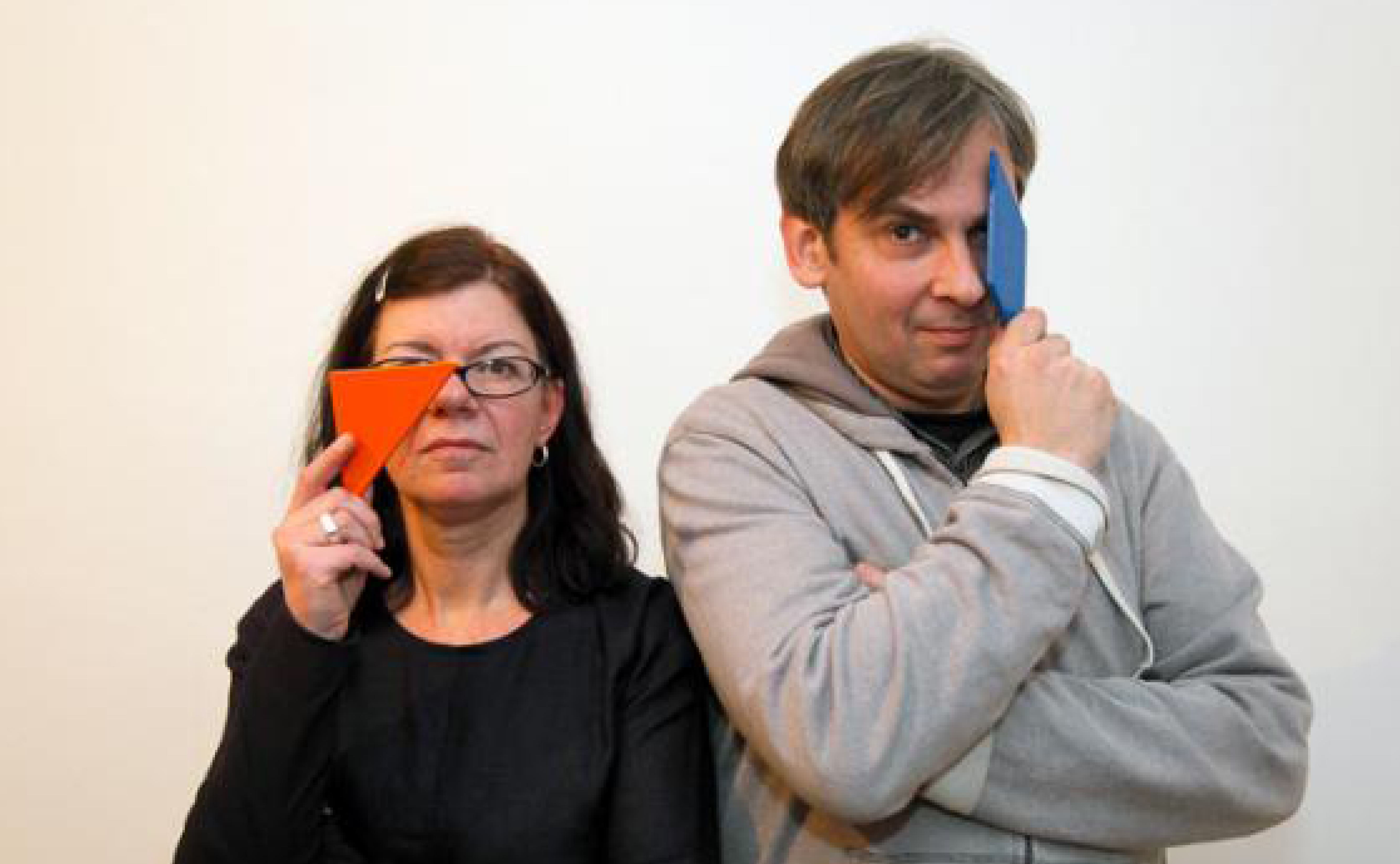
Dipl.Ing.Dr. Barbara Holub
Artist, studied architecture at the TU Stuttgart. Senior Artist at the University of Applied Arts Vienna. Head of the research project "Planning Unplanned" and lecturing at the Institute of Art and Design/ TU Vienna (2010-2020); Visiting Artist at the University of Applied Arts/ Dept. Social Design (2014-2016); Visiting Professor at the University of Applied Arts/ Dept.TransArt (2015) and at the UIC/ School of Art and Design, Chicago (1997); President of the Secession Vienna (2006-2007).
She serves on international juries and advisory boards: Jury for Art in Public Space Lower Austria (2005-2007); advisory board of Art & Public Sphere Journal (UK); World Council of Peoples for the United Nations (New York); expert committee of the 5th Ural Industrial Biennial, Ekaterinburg (2018); Innovation Fund for Art in Public Space, Stuttgart (since 2018); external examiner at Bartlett School of Architecture (since 2018), among others.
Lectures and workshops at international symposia, academies and universities.
+43 6 99 10 27 92 17
Arch.Dipl.Ing.Dr. Paul Rajakovics
Architect and urbanist, studied architecture at TU Graz. Substitute Prof. Sabine Pollak, Dept. of Housing and Design/ TU Vienna (2009-2017); Member of the EU research project "SPACEX- Spatial Practices in Art and Architecture for Empathetic Exchange" (2020-2024); Head of the research project "anders günstig" (2016-2017); 2008 foundation of transparadiso ZT KG. 2004-2007 co-secretary of EUROPAN-Austria; since 2001 editorial member of dérive - Zeitschrift für Stadtforschung, Vienna. Co-consultant for architecture, Forum Stadtpark, Graz/ A (1996); Co-founder of transbanana (1996-1999).
Lectures and workshops at international symposia, academies and universities.
+43 6 99 11 19 85 56
Team
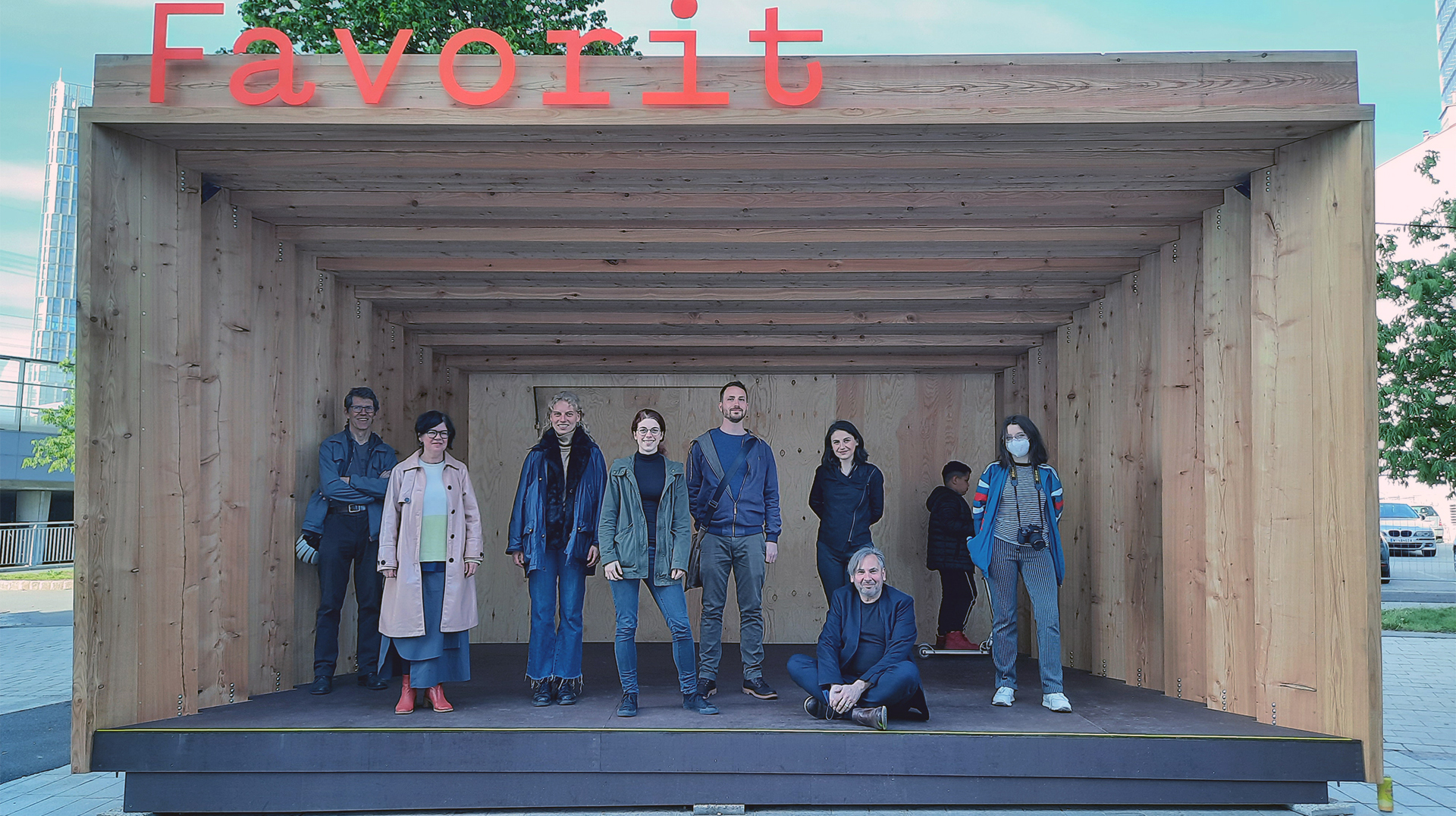
Current team: Lukas Anzeletti, Matthias Schatajew, Ana Maria Mihailescu, Hannah Mucha, Florencia Camara, Bernhard Pavelka, Diana Polanski
And: Sladjana Miljkovic (accounting), Andrei Stancu (IT), Marie-Christin Rissinger (video), Violetta Rajakovics (assistant), Birgit Rinagl (texts)
Since transparadiso was founded in 1999 many colleagues have accompanied, inspired and supported our team in our challenging projects. Recently: Tim Handl, Yu Fang, Josef Zapletal, Natalie Mace, David Biegl, u.a. (Liste folgt demnächst).
office@transparadiso.com+43 1 9460734
Partners
Förderungen
EU-Projekt/Horizon 2020 Marie Skłodowska-Curie Actions (MSCA) Research and Innovation Staff Exchange (RISE); BMUKK/ BKA, departure/ Wirtschaftsagentur Wien, Land Salzburg, Kulturabteilung des Landes Steiermark, MAK Wien, Stadt Salzburg, Kunst im öffentlichen Raum Wien, Kunst im öffentlichen Raum Niederösterreich, Institut für Kunst im öffentlichen Raum SteiermarkGrafik
bueronardin, Peter Oroszlany, Lupo/ Burtscher, Schienerl A/D, Enrico BraviAuftraggeberInnen
European Capital of Culture 2025 Chemnitz; SHIFT IV (Wien); ASFINAG, GWG (Linz), Gswb (Salzburg), WBV-GPA (Wien), EBG (Wien), raum und kommunikation (Wien), European Capital of Culture Valetta 2018, Kulturhauptstadt Graz 03, Steirischer Herbst, Kunst im öffentlichen Raum Wien, Kunst im öffentlichen Raum Niederösterreich, Institut für Kunst im öffentlichen Raum Steiermark, BOPA (Baltimore Office of the Promotion for the Arts)/ USA, Goethe Institut Washington DC/ USA, Ural Industrial Biennial Ekaterinburg/ RUS, UN NGO/DPI conference.FachplanerInnen
Karl-Heinz Wagner (Statik), Bollinger Grohmann Schneider ZT GmbH (Statik), Studio di Ingegneria Semenzin e Sernagiotto (Statik); Srdan Ivkovic (Freiraumplanung), Liz Zimmermann (Freiraumplanung), Carla Lo (Freiraumplanung), Land in Sicht / Thomas Proksch (Freiraumplanung), Auböck/ Karasz (Freiraumplanung), Sabine Ott (Design);Partner
Partner transparadiso (2006-2008): Bernd VlayKooperations-partnerInnen
Giuliana Carbi (trieste contemporanea), Christopher Micallef (NIDUM, Malta), Shamina de Gonzaga (WCPUN, New York)Awards
Forschungspreis für Architektur (Barbara Holub)
Forschungspreis für Architektur der Bundeskammer für ZiviltechnikerInnen
Österreichischer Kunstpreis für Bildende Kunst
Österreichischer Kunstpreis für Bildende Kunst
Förderung von departure für "Direkten Urbanismus"
Förderung von departure für "Direkten Urbanismus"
Otto-Wagner-Städtebaupreis
Otto-
Wagner-
Städtebaupreis
Outstanding Artist Award
für künstlerische Fotografie Barbara Holub
Outstanding Artist Award
für experimentelle Tendenzen Paul Rajakovics/ transbanana